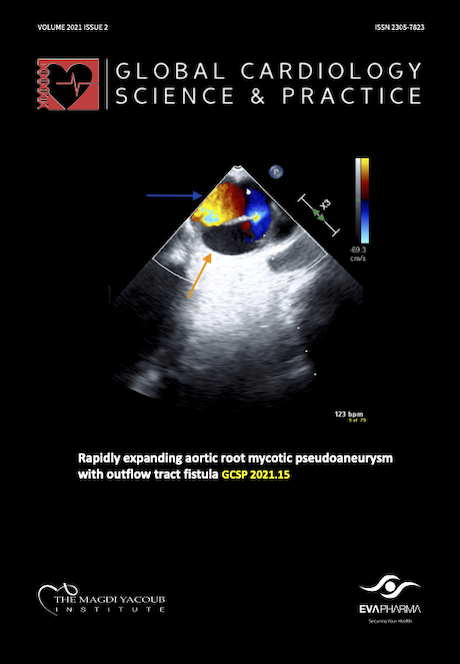Impact of human immunodeficiency virus on pulmonary vascular disease
DOI:
https://doi.org/10.21542/gcsp.2021.12Abstract
With the advent of anti-retroviral therapy, non-AIDS-related comorbidities have increased in people living with HIV. Among these comorbidities, pulmonary hypertension (PH) is one of the most common causes of morbidity and mortality. Although chronic HIV-1 infection is independently associated with the development of pulmonary arterial hypertension, PH in people living with HIV may also be the outcome of various co-morbidities commonly observed in these individuals including chronic obstructive pulmonary disease, left heart disease and co-infections. In addition, the association of these co-morbidities and other risk factors, such as illicit drug use, can exacerbate the development of pulmonary vascular disease. This review will focus on these complex interactions contributing to PH development and exacerbation in HIV patients. We also examine the interactions of HIV proteins, including Nef, Tat, and gp120 in the pulmonary vasculature and how these proteins alter the endothelial and smooth muscle function by transforming them into susceptible PH phenotype. The review also discusses the available infectious and non-infectious animal models to study HIV- associated PAH, highlighting the advantages and disadvantages of each model, along with their ability to mimic the clinical manifestations of HIV-PAH.
Downloads
Published
Issue
Section
License
This is an open access article distributed under the terms of the Creative Commons Attribution license CC BY 4.0, which permits unrestricted use, distribution and reproduction in any medium, provided the original work is properly cited.


